
Harvey Girls, undated, Creative Commons
Over 100,000 women left their hometowns for adventure, a job (and maybe to find a husband) to become Harvey Girls. These poised, skilled, efficient, charming women waited on customers in Harvey House restaurants all across the US and stayed to help establish communities in growing towns. But, it’s impossible to tell the tale of these brave women who helped settle the American West without talking about the man behind them: Fred Harvey.

Mr. Fred Harvey, the man behind the women. Public domain
As a very poor, 17-year old, recent British immigrant, Fred landed a job at Smith and McNell’s restaurant in New York City and began learning the skills necessary to run his own, full-service restaurant. The first one he opened suffered from a poor partnership and, basically, being in the wrong place at the wrong time (Civil War era St. Louis wasn’t the most stable of areas.) A position as a sales agent led to a life on the rails for Fred-the newly developing railroad system rails, that is-and that life gave him plenty of time and reasons for dreaming of a decent place to get a meal. The cafes at the time weren’t doing the job, so Fred decided he had to open them himself.

Harvey House in Florence, Kansas. Second in the chain, the first to offer rooms and dining opened in 1878. Art Davis, wikicommons
A deal with the Atchison, Topeka, and the Santa Fe railroad to open restaurants along their train line made Fred’s dream restaurant a reality. Not just any restaurant but one with the finest-yet affordable- food, the cleanliest dining area, and the most respectable staff the West had ever seen. In 1876, Fred was in the right place, at the right time, with the right idea and expansion soon followed.
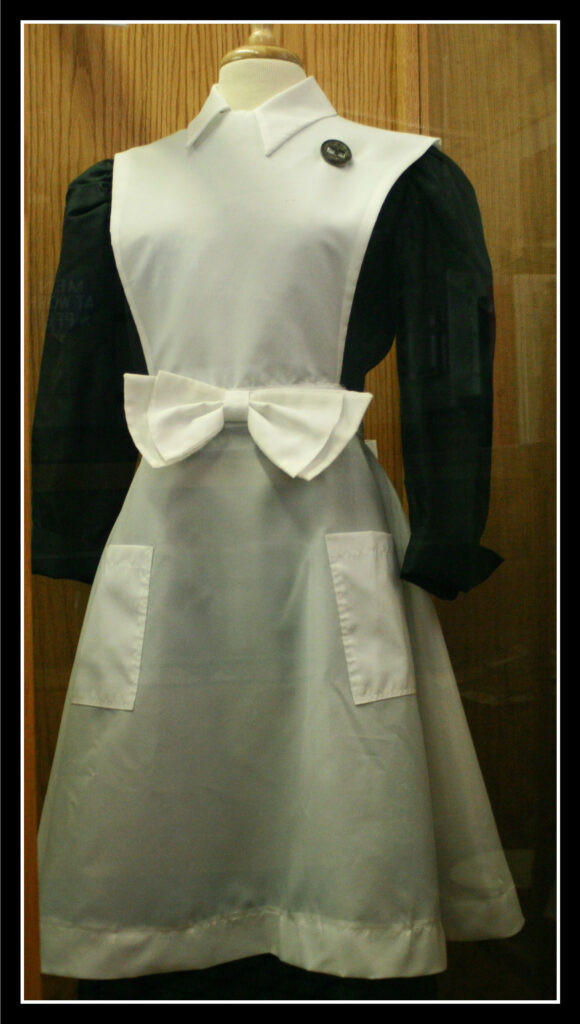
Harvey house uniform (it changed a little over the years…but not much.)
His restaurants nailed everything in his vision…except for the respectable staff part, but bringing in female waitresses more than solved that. Oh, sure, he had some societal issues to deal with: at the time waitressing was hardly a dignified profession and the areas where these women were going were a bit rough- but Fred and his team overcame all of that and the Harvey Girls made their debut in 1883.
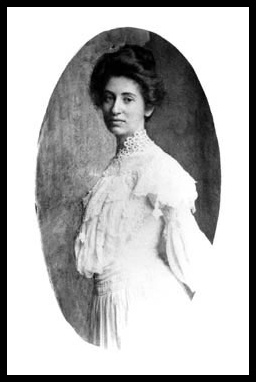
A very young Mary Elizabeth Colter (about 23) source unknown, public domain
Fred Harvey, the man, and Fred Harvey, the company, opened doors and created an environment where waitressing became a dignified position and being a Harvey Girl was the most sought-after job of them all. The company opened other doors for women– designer Mary Colter had a very long and successful career with the company as a designer and architect, a position rarely held by women.

Alvarado Hotel opened in 1902 in Albuquerque, New Mexico, and was sadly demolished in 1970. Albuquerque Historical Society, public domain
Fred Harvey wasn’t just in the food business, the company ran booksellers and concession stands at all railroad stops; they opened hotels, resorts, and museums showcasing the arts and crafts of the Native American tribes in the area. Their promotion of travel to the South West and the development of the Grand Canyon as a major tourist destination cemented their place in American history…but it was the Harvey Girls who married, settled in their new hometowns, and helped establish communities all across the American West that has had the longest impact.

Postcard from The Harvey Girls film marketing materials. All aboard the Atchison, Topeka, and the Sante Fe (yeah, it’s going to be rolling around in your brain for a while, don’t fight it.) wikicommons
Time Travel with The History Chicks
Books!

Stephen Fried
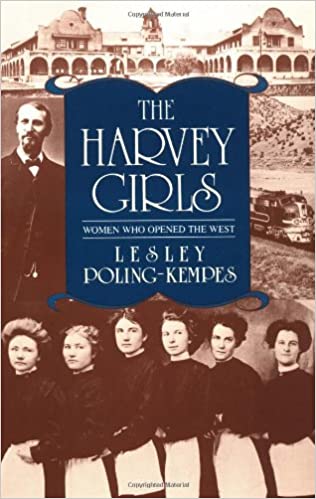
Lesley Poling Kempes

Richard Melzer

Rosa Walston Latimer
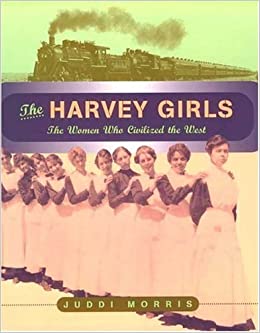
Juddi Morris, middle-grade
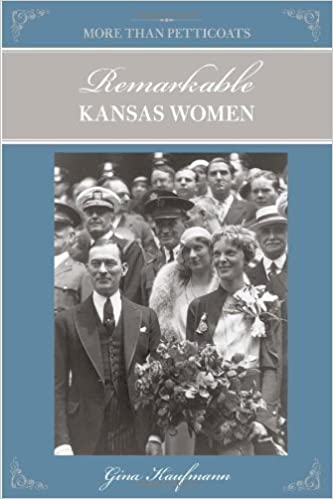
Gina Kauffman
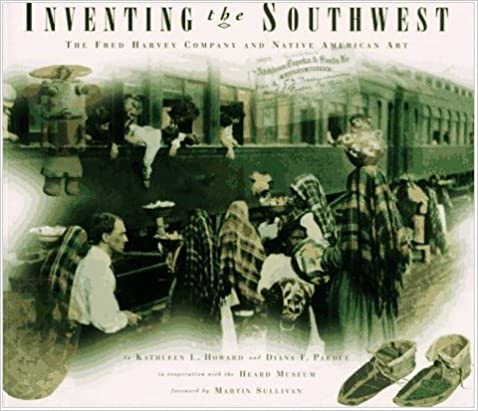
Diana Pardue

A Discworld book, Beckett doesn’t recommend starting the series here, but she’s a big fan of them all.

The book that the movie was based on, by Samuel Hopkins Adams

Fred Shaw. Maybe bring a salt shaker; definitely bring another biography of Mary Coulter.
Web!
You can stay at La Posada (when you can travel safely, of course.) Take a gander at their rooms and grounds!
Harvey Houses Civilizing the Old West website for pictures and info of former Harvey Houses.
Belen New Mexico (not Minnesota, what was Susan thinking?)Harvey House museum, lots to see online, nothing to see in person because they are closed due to Covid right now as is the Leavenworth, Kansas Harvey House Museum in the Harvey mansion. If railroads are you thing, the Panhandle Railroad Museum in Wellington, Kansas may inspire a trip. Maybe.
Mary Colter buildings at the Grand Canyon,
The Native American Collection at the Nelson Atkins Museum in Kansas City was seeded by the Fred Harvey Company “Indian” department.
Fred’s first job in the US was at Smith & McNell’s in New York City, here’s an article about the restaurant at Restauranting Through History
The New York Public Library has a massive collection of digitized menus from the past, including THESE FROM HARVEY HOUSE.
An itinerary for a self-guided (but Harvey developed) South West tour.
For information about The Harvey Girls movie on The Judy Room.
There is a Fred Harvey/ Mary Coulter fan page on Facebook. It’s been around for as long as we have and it looks fairly active.
A more detailed history with sources of the Railroads in America.
The Bata Shoe Museum (just because.)
Moving Pictures!
The website/app to find out how you can watch whatever movie you’re thinking of, JustWatch.
Documentary Harvey Girls: Opportunity Bound is on Vimeo with interviews with former Harvey Girls!
Here’s a link to rent the 1946 western extravaganza, The Harvey Girls for a couple of bucks on Prime streaming (we get no kickback for this.) Also, you’re welcome:


